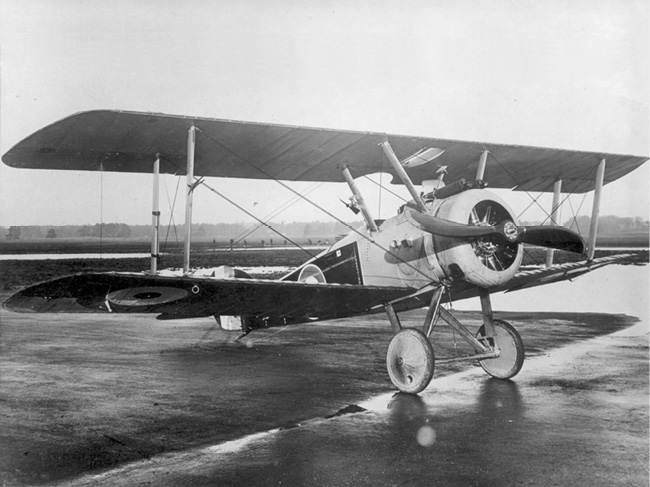Did You Know?
- Dogs were used as messengers during the war, carrying orders to the front line in capsules attached to their bodies.
- If there is one positive thing that came out of the First World War, it is medical advancement. Because of the huge number of casualties, doctors learned more about the human body than ever before, discovering better ways to heal wounds and set broken bones.
- The war was responsible for some advancement in the rights of women; over the course of the war two million women became employed, including 700,000 who worked in weapons factories - a job traditionally seen as a male role.
- Britain had always been against conscription, however was forced to introduce The National Registration Act in January 1916 in response to heavily falling numbers of volunteers.
- As the war progressed, a number of men injured themselves in an attempt to get sent home in order to avoid fighting. One common method was to shoot oneself in the foot - however this was no guarantee! Soldiers would often be sent to hospital, patched up and then returned to the front line.
- Officially, British soldiers had to be nineteen years old to fight overseas, however at first many men would lie about their age to sign up. The youngest discovered to date was just twelve years old when he joined.
- The mud that covered no man’s land was often so thick that soldiers could slide into it and disappear under the surface, never to be seen again.
- In 1917, because of the public sentiment against the Germans, King George V changed his family’s surname from Saxe-Coburg to Windsor.
- Sadly, 11,000 men were killed on the final day of the war, despite the fact that both sides had already agreed an end to the conflict.
- The last British soldier to die in the war was Private George Edwin Ellison who was killed at 9:30am on the 11th of November 1918.

A Sopwith Camel from 1916